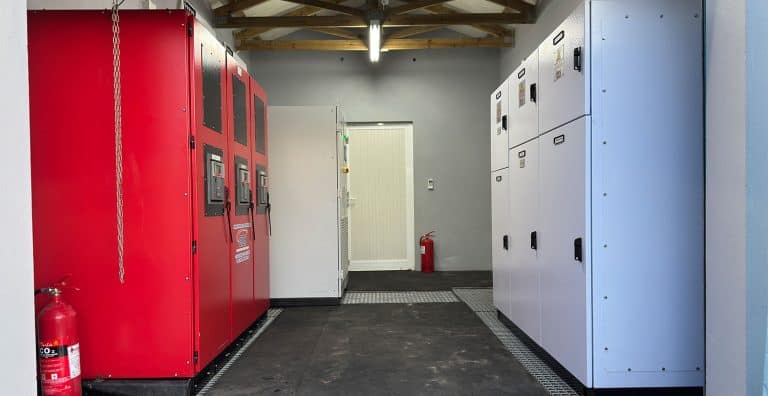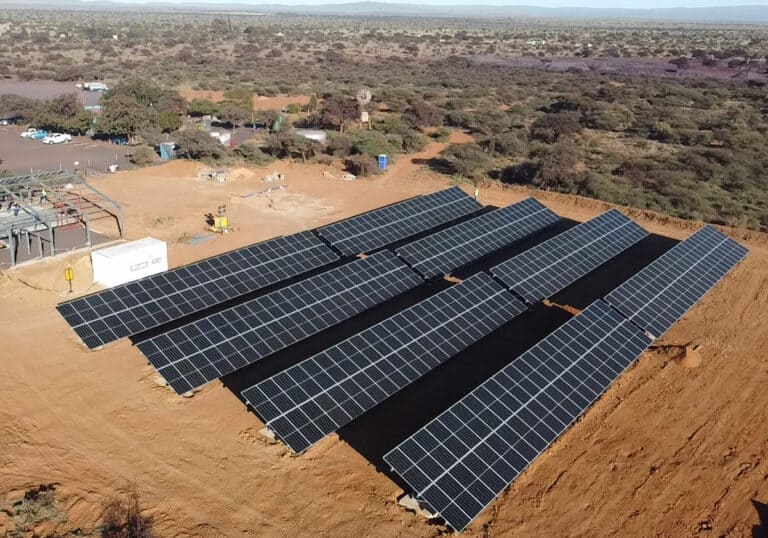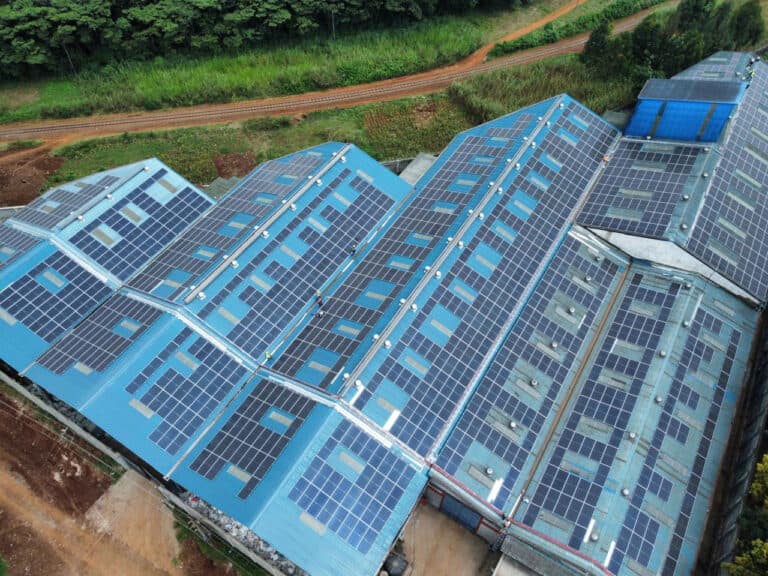What is a floating solar farm?
A floating solar farm is a giant solar panel floating over water such as large lakes, dams and rivers. This panel not only provides solar energy but also provides shade over the water which reduces evaporation, helping conserve water in drought-prone areas.
How would floating solar farms benefit the environment?
Solar floating farms as previously mentioned reduce evaporation in drought prone areas by shading large rivers, lakes and dams reducing water evaporation. These floating farms provide large amounts of solar energy for areas where they are situated, the larger solar panels generate electricity by harnessing the energy from the sun.
Countries all around the world have begun jumping on the “floating solar farm” bandwagon.
Japan boasts a 13.4-megawatt floating solar power plant in the Yama Kura Dam reservoir near Tokyo, making it the largest floating solar installation in the world. The project, made up of 50,000 modules, will generate 15,635 megawatt-hours of electricity per year, which is roughly enough to power 4,700 households.
Japan is an obvious choice for floating PV because space on land is limited, and there are already lots of inland waterways created for rice agriculture and rainwater control that could be used for solar. Japan also has some of the highest feed-in tariffs in the world.
Other countries following suit are Australia; United States; India and Brazil to name a few. The power generated from floating solar farm in Australia will power the pumps and various processing units at the wastewater treatment facility in South Australia. The excess electricity will be transferred to the grid in Jamestown Township.
A 350 MW pilot project is being planned at the Balbina hydroelectric plant in the Amazon in Brazil. The electricity thus generated is expected to cost between approximately $69 and $77 per MWh.
In the U.S solar panels will be built on docks across six of the local water utility’s wastewater ponds in California. The 12.5-megawatt installation will provide enough electricity for 3,000 homes when it is expected to come online next year. It will be the biggest floating solar farm in the U.S.
These are just a few examples of countries who have taken up the fight against issues such as drought, greenhouse gases and pollution. Floating solar farms could very well be the future of energy harnessing by reducing evaporation of the Earth’s water supply by providing shade over these areas and powering many homes in the process. It is a big investment but the return will be greater.




